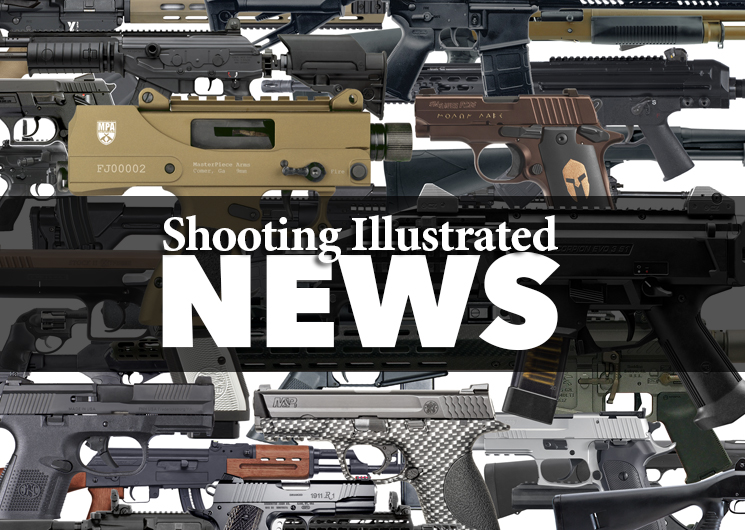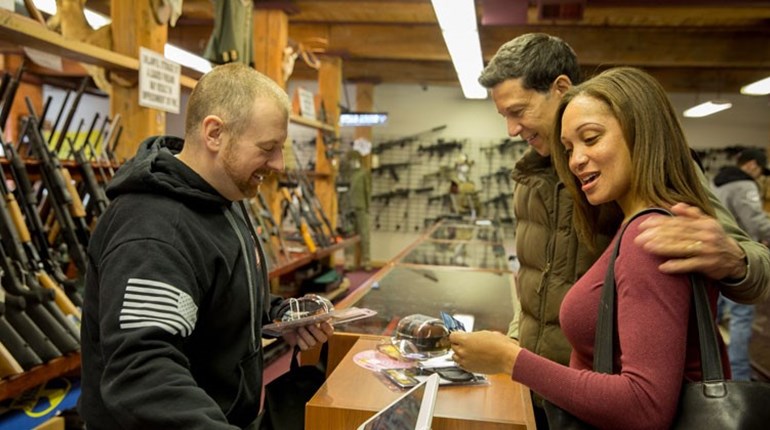
Prior to July 1, Virginians who did not have a concealed-carry permit had been prohibited from purchasing more than one handgun within a 30-day period since the passage of a 1993 law, backed by then-Gov. L. Douglas Wilder (D), in response to allegations of interstate gun trafficking. Attempts to repeal the law in previous years were unsuccessful.
Called one of the most significant changes in Virginia's firearm laws in 20 years, the Senate on Feb. 6 voted 21-19 to allow the purchase of more than one handgun a month. The action followed the passage of a companion measure in the House of Delegates by a 66-32 margin. Gov. Bob McDonnell (R), who was a strong advocate of the one-gun-a-month repeal throughout the measure's action, subsequently signed the bill into law, which became effective on July 1.
Sen. Charles W. Carrico Sr. (R-Grayson), sponsor of Senate Bill 323, said the NRA-drafted bill would bring the Commonwealth in line with most other states, noting only Maryland, California and New Jersey continue to restrict handgun purchases to one a month.
Virginia's July 2012 handgun sales also reflected a 29-percent jump compared with July 2011, when 22,547 transactions were recorded. Overall firearms sales in Virginia are generally up for all of 2012, in keeping with a national trend.
The most recent Firearms and Ammunition Excise Tax Collection report released by the Department of the Treasury this week indicates that firearm and ammunition manufacturers reported tax liabilities of $145.6 million in the first calendar quarter of 2012, up 32.16 percent over the same time period reported in 2011.
This 2012 first-quarter total marked the highest quarter reported since 1991—surpassing the previous highest quarter reported (2nd quarter 2009) by 14.26 percent. The report, which covers the time period of Jan. 1, 2012 through Mar. 31, 2012, indicates that $49.94 million was due in taxes for Pistols and Revolvers, $48.60 million for Firearms (other)/ Long Guns and $47.09 million for Ammunition (shells and cartridges). Compared to the same time period in 2011, tax obligations were up 34.53 percent for Pistols and Revolvers, up 44.13 percent for Firearms (other)/ Long Guns and up 19.69 percent for Ammunition (shells and cartridges).
Excise tax liabilities are generally considered one of the most accurate methods of tracking firearms and ammunition sales in the U.S.





































